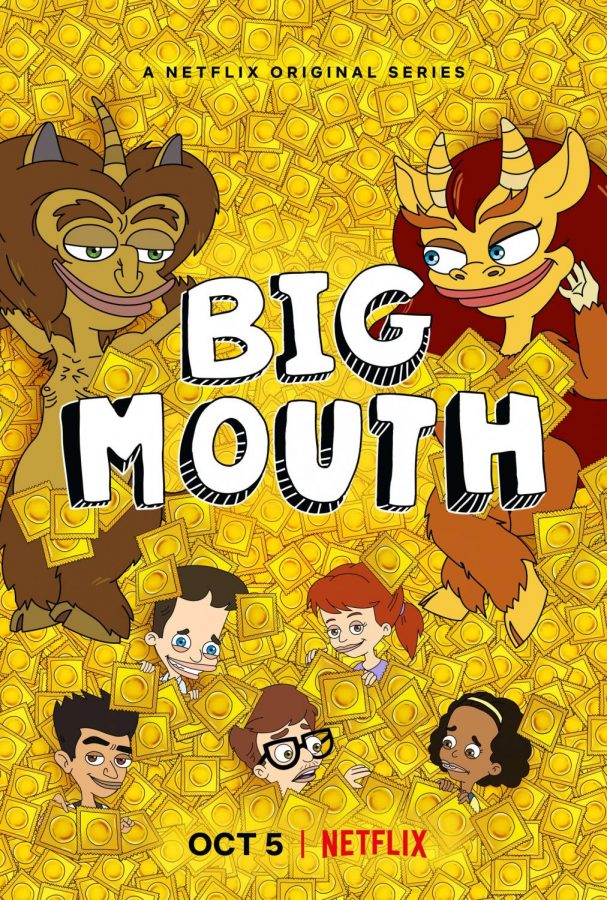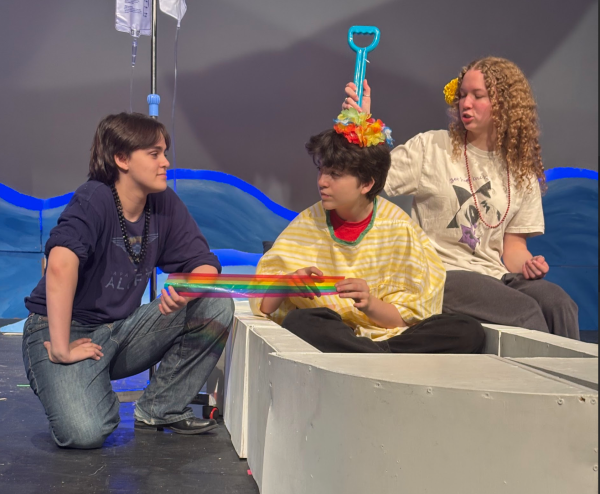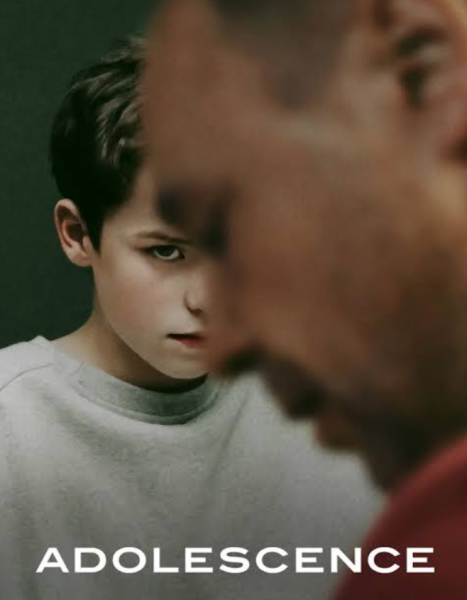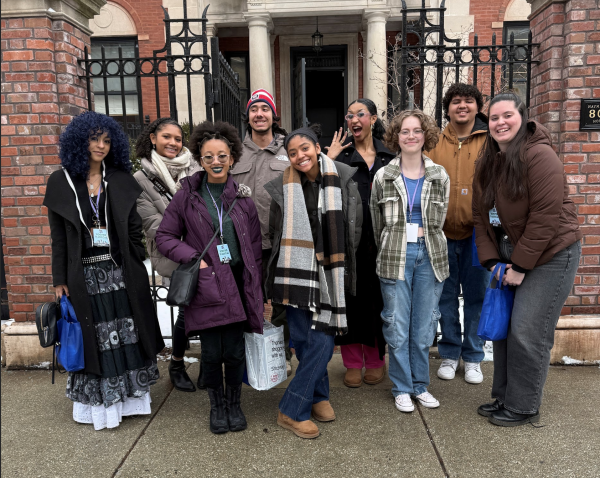The case for “Big Mouth”
“I mean, maybe if it’s animated we can get away with it!”
“Raunchy,” “adult,” and “creepy” are the initial words said to me when I bring up my affinity for Netflix’s controversial coming-of-age animation, “Big Mouth.” The show centers around middle school students Nick and Andrew, based on embarrassing childhood memories of creators Nick Kroll and Andrew Goldberg.
I will concede that sometimes while watching this show, I am uncomfortable with the presence of naked teenagers, inanimate body parts coming alive, and other inappropriate moments I can not even allude to in this article. But the discomfort is the beauty of the show, and it deserves more acclaim and recognition for addressing the harsh realities and nuances of growing up.
“Big Mouth” is rated for ages 17+, although I would recommend it for viewers 13+ who have a strong understanding of puberty and sexual health. The show came out in 2017, and the fourth season was released in December 2020. Each season has addressed different focuses, with the most recent being a central theme of anxiety.
One of my favorite parts of the show is how creators turn each problem into a physical character. Each teen has their own appropriate “hormone monster” who helps them endure the horrors of puberty and occasionally encourages them to indulge their hormonal impulses. Teens also have run-ins with the “Shame Wizard,” “Depression Kitty,” and “Tito the Anxiety Mosquito.”
Personifying these concepts was a risk: one might fear the glorification of these issues (“I wish I had a Depression Kitty!”). But the issues are taken to an extreme, ridiculous scale to help viewers stay open to the lessons rather than becoming defensive. It’s easier to talk about addiction when the characters are in a neon alternative dimension performing a Broadway-scale musical production. Sometimes these problems can feel too scary or overwhelming to acknowledge. Imagining my anxiety as a little annoying mosquito helps me separate myself so I can address it more objectively.
Moreover, “Big Mouth” does not shy away from serious social and systemic issues. When the show experienced backlash for having a white actress, Jenny Slate, play a biracial character, Missy Foreman-Green, they decided to replace the actress with black comedian, Ayo Edebiri. They did not try to sneak this change in, but rather address it in a borderline meta way. An entire episode is devoted to Missy trying to reckon with her personal racial identity.
The cast is bursting at the seams with celebrity credits. Maya Rudolph, Natasha Lyonne, Carol Kane, and Sterling K. Brown are just a few guests who make appearances (as guests, or as themselves).
Most importantly, “Big Mouth” has covered more issues than any health class I have ever taken. It has reaffirmed lessons about puberty and growing up no one wants to address. It is absolutely not a replacement for any health class; students also need a reviewed curriculum taught by a trained teacher, not a comedian. But “Big Mouth” is a safe place where you can make light of the awkwardness of growing up, as well as can let go of some embarrassment, because you know at least one other person has gone through it as well.





